Mosaics, as Metaphor
Words by Dalene Heck / Photography by Pete Heck
The small city of Madaba, not far from the capital Amman, is known as the ‘Queen of Mosaics‘.
It is a worthy distinction for more than one reason, and on a much grander scale then the small size of the city.
It is home to the oldest surviving depiction of the Holy Land as a part of a larger map of the Middle East. Dating back to the 6th century AD, the map is a complex mosaic on the floor of the Greek Orthodox Saint George Church. The details are exquisite, having been brought back to life in the 1960s with restoration of those parts which survived earthquake, fires and other phenomenons.
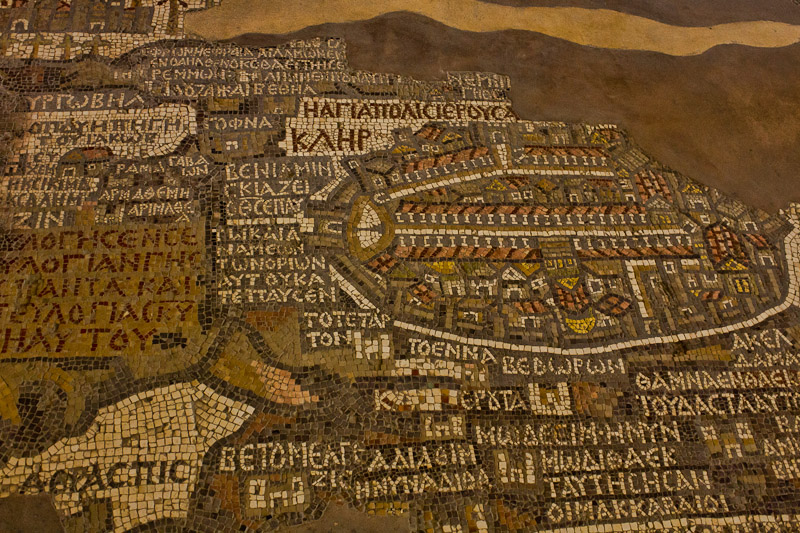
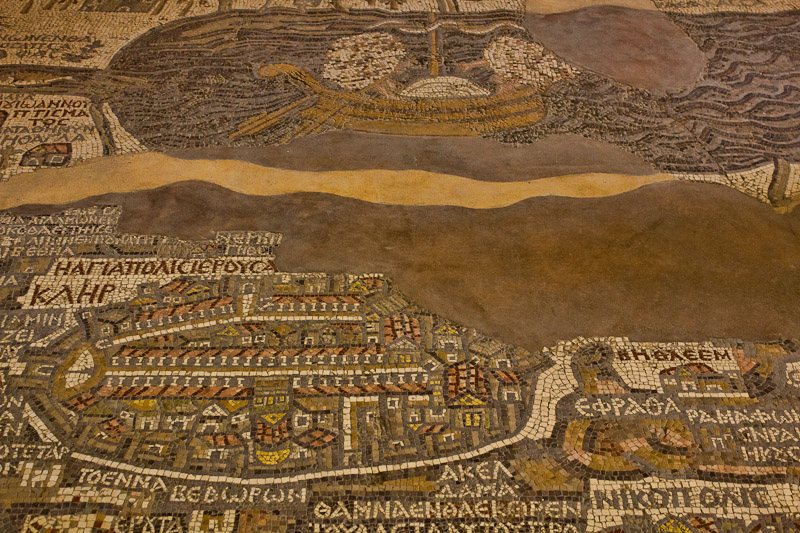
Mosaics are obvious representatives of the population of the city and of Jordan at large. In Madaba itself, a strong Christian community still exists. At specific times, it is possible to hear the Muslim call to prayer and church bells ringing simultaneously.
Being a peaceful country in an unstable region, Jordan has also become a safe haven for refugees. Thirteen camps are permanently erected, some dating back to the original exodus from Palestine in 1948 (it continues, and almost 2 million Palestinians now live in the country). Since then Jordan has taken in many who were escaping conflict, most recently opening its borders to 60,000 Syrians.
For a small country of 6 million, that is significant. And it is with no surprise then that the first word we heard out of any Jordanian’s mouth was: “Welcome.”
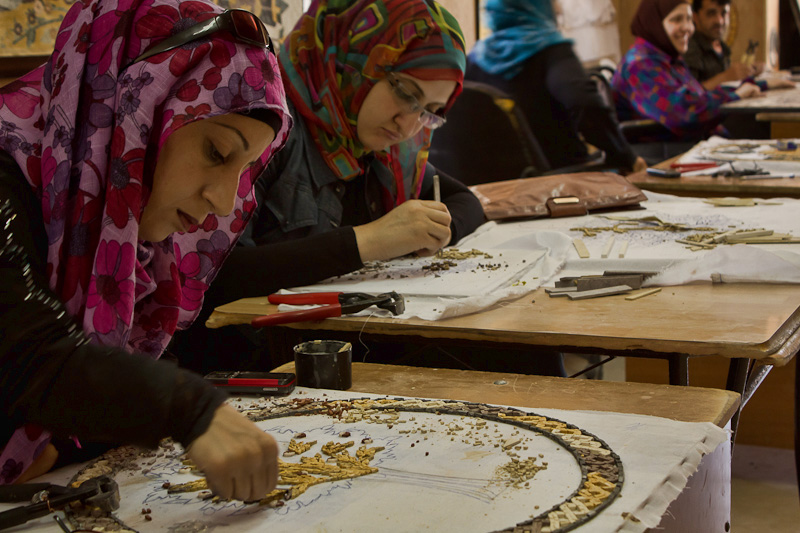
The tradition of making mosaics is strong in Jordan and specifically Madaba, the patterns often depicting important cultural tales. Such intricate compilations, whether of the decorative or human kind, require steadfast dedication and patience. Complex patterns are built from varied shapes, colors and sizes.
In the end, when done correctly, each mosaic tells a beautifully harmonious story. And, most importantly, can be an illustration of what we are all capable of.
Our friend Ayngelina at Bacon is Magic wrote an excellent post on why Jordan is the Canada of the Middle East. A very worthy read.

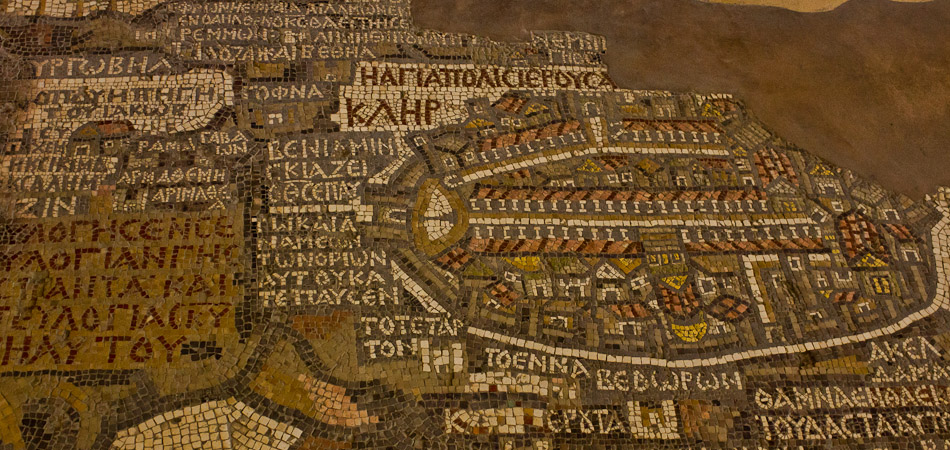

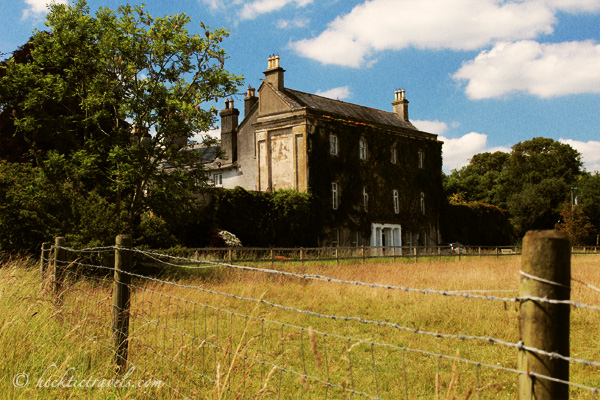
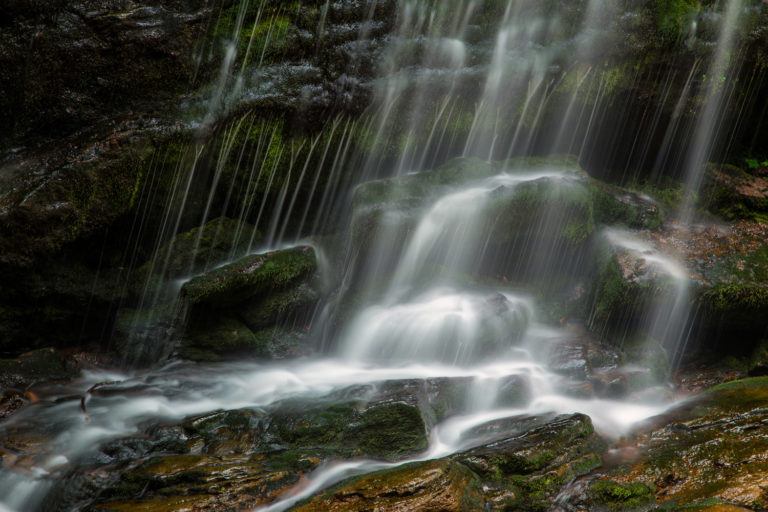
Awesome post and beautiful mosaics!
Thanks B!
Beautiful! I miss Madaba!! I’m an archaeologist and I dug in that town for several months. Truly a beautiful place. Thanks for sharing your pics and reminding me of its beauty 😀
How fortunate that you were able to spend so much time there Gaby – we would have loved to explore a little more.
That is great!!!!! So beautifull…….. I adore mosaics. Someday I will go to Spilimbergo (near Udine, Italy), to attend to mosaics school classes. They have Roman, Bizanc and modern lectures of making mosaics. But to you, Peter and Dalene I’m pledging to your heart that you have to visit this quite unknown place.
See you in Ljubljana, quite soon 🙂
Thanks for the tip Gregor – we would love to visit that spot in Italy. See you soon!
These are beautiful. Were you able to try making some yourself? I can’t wait to go to Jordan one day – looks like an amazing country.
You know what, we probably could have asked to try but I never thought of that. Next time I hope!
We loved Madaba and the Madaba Map is amazing! We couldn’t resist being home a mosaic of our very own. It hangs above our guest bed and I smile every time I enter that room.
I wanted one so bad! But, with no home to send it to, we had to pass. It’s so hard traveling when you can’t shop!
What a great post. I knew Jordan was a safe country in an somewhat unsafe region, but I had no idea they were so welcoming.
The people we met were very warm and welcoming. One of the many great reasons to visit Jordan.
I love the image of the women making the mosaics! It is a beautiful portrait in context and great depth of field too. Nicely done. I enjoyed the story.
Thank you Anne! Glad you enjoyed it. 🙂
Wow, I hope we get a chance to explore that area when we visit Jordan in September! I love mosaic art (it’s one of the few artistic things I can actually do myself). The complexity and intricacy of Middle Eastern mosaics have been a fascination for me ever since I first saw the Morocco section at Epcot over 20 years ago. Can’t wait to see it in Jordan for myself!
Then you MUST make your way over there Bret! The floor mosaic is astounding, and especially because actually only about a quarter of it remains – it used to be HUGE!
Such intricate work! Fascinating to learn more about its history.
Glad you enjoyed it Christy. It was something totally unexpected for us, and we loved it.
I think this mosaic carryout a sign of particular culture , like Muslim or Christ at the time 1960. It’s a historical truth. thanks for nice post.
Gorgeous! Sounds like such an interesting country, I had no idea they had so many refugees.
Love this! Great that artisans (or artists) are keeping the tradition alive in this day when cheap and fast are a priority.
Gorgeous! I love mosaics – we saw some excellent ones in Italica, Spain (just outside of Seville).
We have seen so few ancient mosaics previously, this was a pretty special one to start with!
With so many people in the last year going through Jordan, it is neat to continue to see new sides to it. Hope we can add it to our list at some point.
Thanks Andrew, that means a lot to me to hear that! I think you and Ali would really enjoy it there!
I have to echo Andrew’s sentiments above – well done on finding a new angle on Jordan to cover. Looks like fascinating stuff too 😀
Thanks Laurence – that comment is much appreciated!
Oh wow! Beautiful! I just love middle eastern art
These mosaics are beautiful. I’d love to have the opportunity to see how they are made and to learn how to do them.